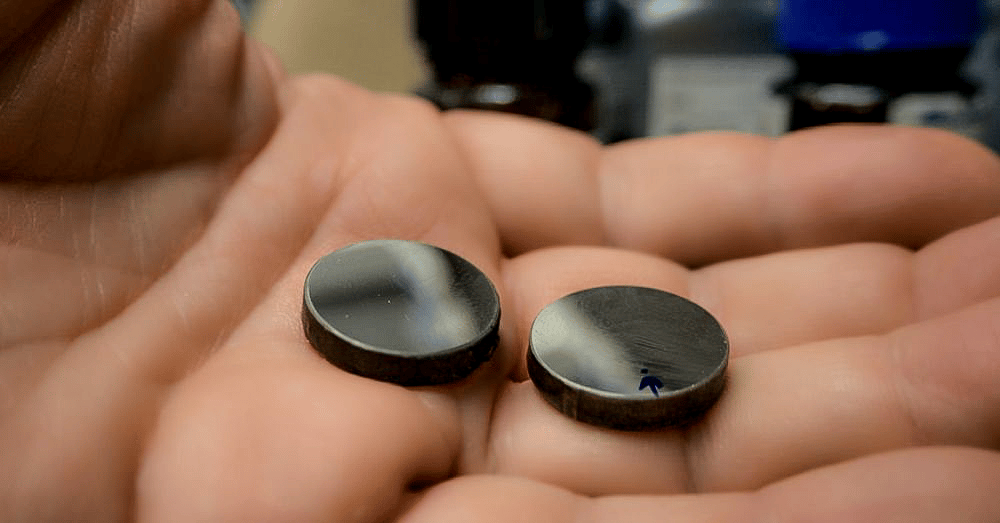departments
Research News
Mapping the impacts of the rare earths supply chain
A new map created by the Observatory on Debt in Globalization, in collaboration with the Environmental Justice Atlas at the Universitat Autònoma de Barcelona, the Institute for Policy Studies, and CRAAD-OI Madagascar, documents 28 social and environmental conflicts derived from the extraction, processing, and recycling of rare earth minerals. China, Chile, Brazil, Finland, Greenland, India, Kenya, Madagascar, Malaysia, Malawi, Myanmar, New Zealand, Norway, Spain, and Sweden are some of the scenes for these conflicts, which will be exacerbated as the demand for rare earth minerals increases. Visit the website for more information.
‘Doughnut’ beams help physicists see incredibly small objects
Researchers at the University of Colorado Boulder used doughnut-shaped beams of light to take detailed images of objects too tiny to view with traditional microscopes. The research is the latest advance in the field of ptychography, which measures how light scatters away from an object and then uses that data to image it. Until recently, ptychography has been unable to image samples with highly periodic structures. The new technique by UC Boulder researchers overcomes this limitation by relying on beams of extreme ultraviolet light in the shape of doughnuts, which can image structures only 10 to 100 nanometers in size. Visit the website for more information.
First ‘ghost particle’ image of Milky Way
From visible starlight to radio waves, the Milky Way galaxy has long been observed through the various frequencies of electromagnetic radiation it emits. Now, researchers have obtained the first-ever neutrino-based image of the Milky Way using the U.S. National Science Foundation-supported IceCube Neutrino Observatory in Antarctica. Drexel University physicist Naoko Kurahashi Neilson proposed the innovative computational analysis used to generate the image and received funding to pursue her idea through a grant from NSF’s Faculty Early Career Development program. Visit the website for more information.




